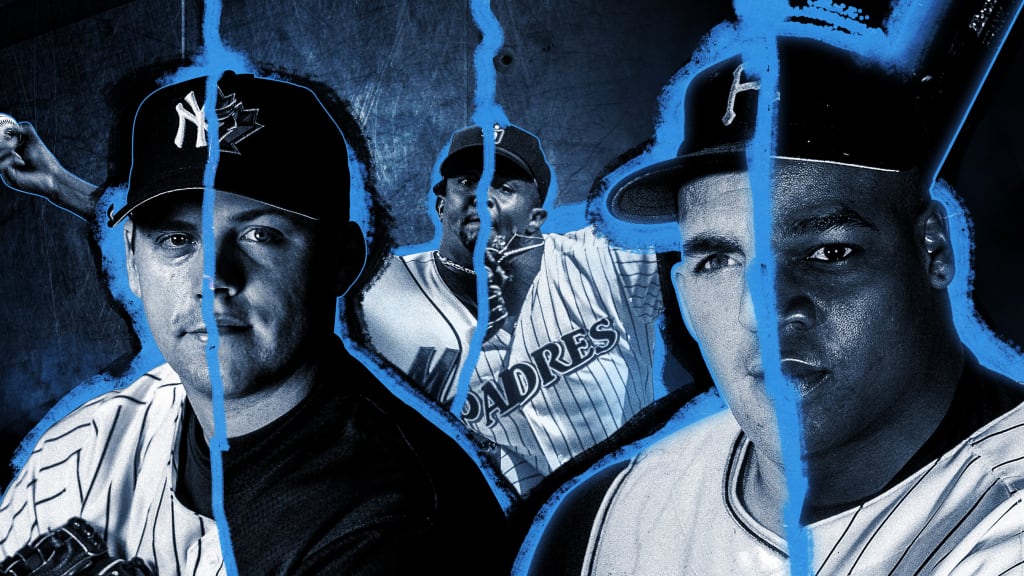
A version of this story originally ran in January 2022.
It’s surely happened to you. You’re searching for a particular superstar player, or think you're about to snag a killer deal on a rookie card and you spot it: It's a baseball doppelganger, or, to put it in layman's terms, you've found a far-less-famous big leaguer who just happens to share his name with a star.
Though these players -- who, as big leaguers, are still among the greatest to ever play baseball on this planet -- have been overshadowed, they still have stories to tell and moments worth rediscovering. I mean, to their parents and siblings and spouses, they are the greatest to ever pick up a bat.
Today, we are going to shine some of that light back on these less-famous other guys, these shared-name big leaguers. Here are eight of them.
Frank Thomas
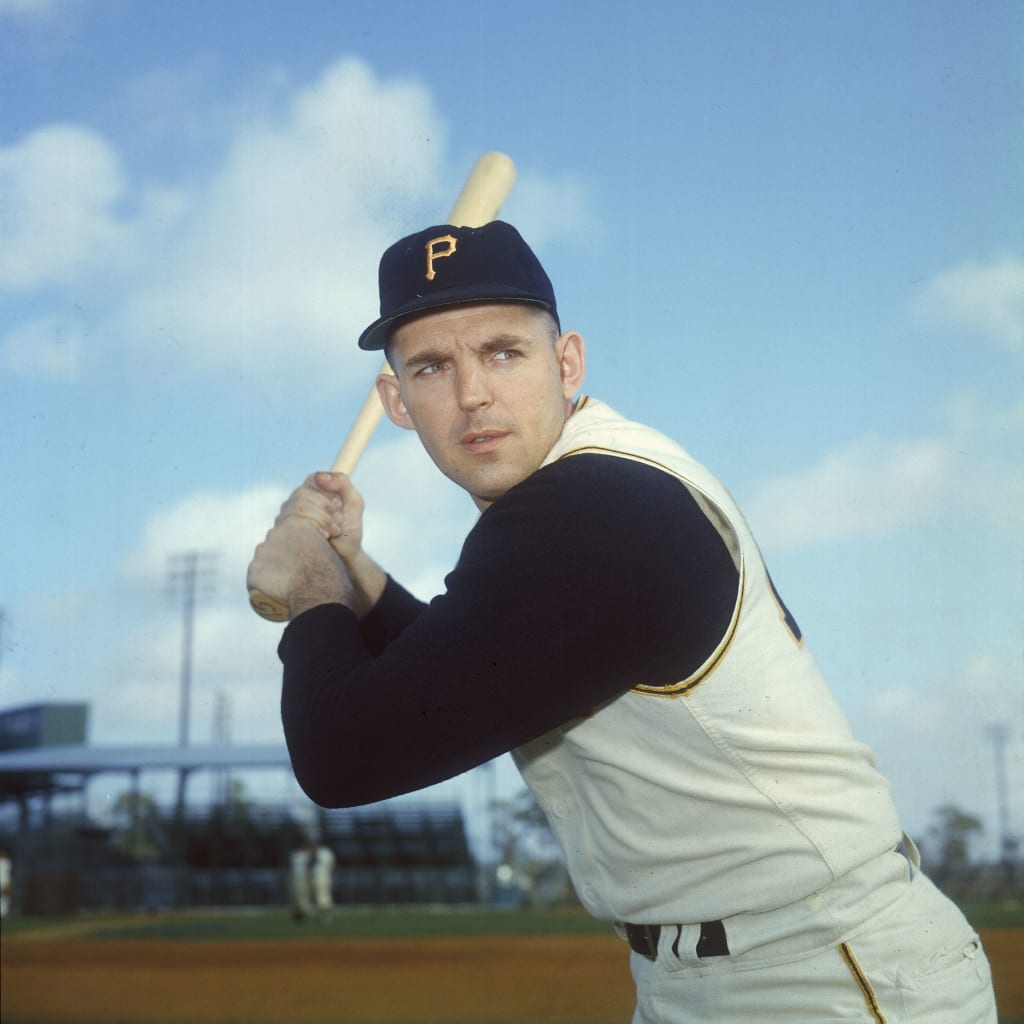
Forget the Big Hurt, this is the Big Donkey. Were it not for the White Sox slugger's emergence as an absolute superstar, one who is still hawking countless products today, we’d probably remember this Thomas a little more.
After all, this Thomas -- an outfielder and first baseman who played from 1951-66 -- hit 25 or more home runs six times and was elected to three All-Star Games. He even claimed ownership of the Mets' single-season home run record until Dave Kingman came along and smashed 36 home runs in 1975.
All this for a player who, were it not for the siren's call of baseball, was set to become a priest.
José Bautista
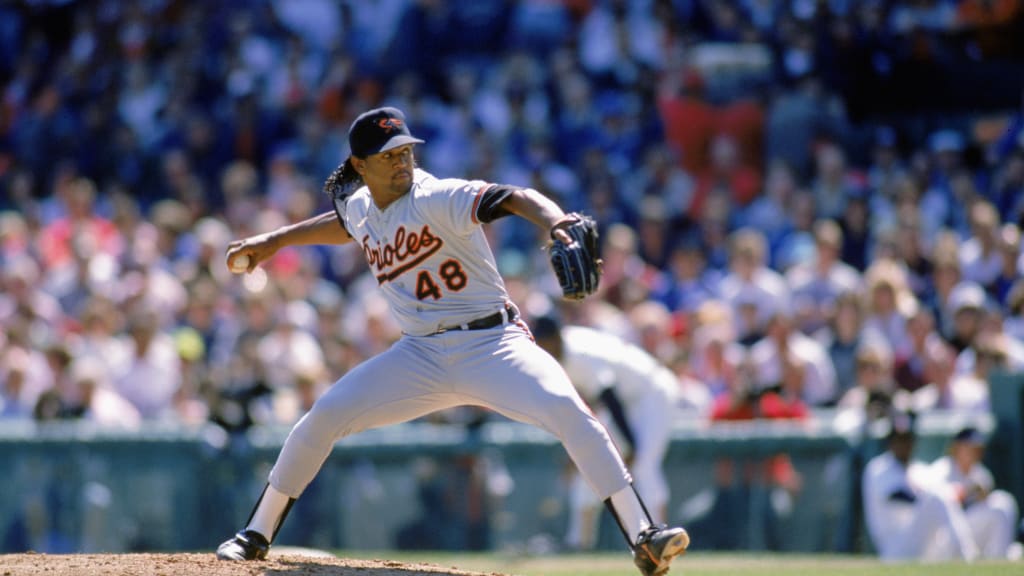
Stop me if you heard this one before: José Bautista got his big break as an Orioles Rule 5 Draft pick. But while the slugger Bautista got passed around by a few teams that season -- and didn’t break out until joining the Blue Jays in 2009 -- this Bautista was a pitcher whose best season came when the O’s picked him up in 1988. He posted a 4.30 ERA in 171 2/3 IP that season, and even set a modern MLB record with a 70-pitch complete game against the Mariners on Sept. 3, 1988.
Not bad for being one of the “other guys" -- even if he did take the loss that day as the O's failed to scratch a single run across the plate against Mark Langston.
"I pitched the best game of my career and it only took 70 pitches, but I had nothing to show for it when it was all said and done," Bautista would later say.
He also pulled off one other thing that the other Bautista never did: He got his Spring Training photo done "news anchor style."

That is, he decided to forgo pants.
Joe Morgan
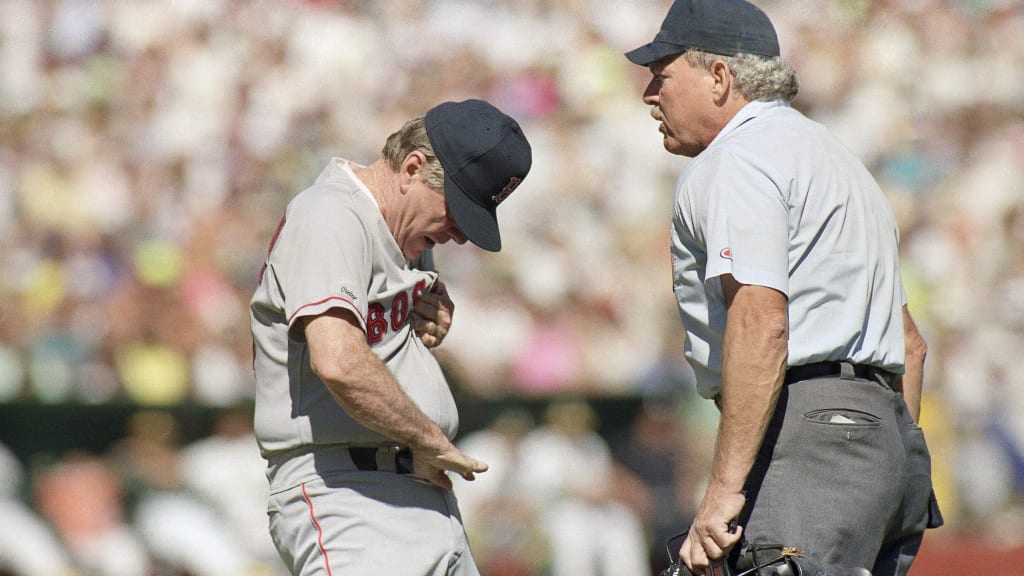
He may not have had a great big league career -- especially compared to the Hall of Famer -- but that doesn’t mean Morgan didn’t make a significant impact. This Morgan bounced around the Majors, getting cups of coffee from 1959-64, hitting only .193 along the way. But in Boston, he was a cult hero known as “Turnpike Joe” for his offseason job driving a snowplow. (I wonder if he had a catchy little jingle, too.)
Born in Walpole, Mass., Morgan was a long-time manager of the Pawtucket Red Sox, including on the night of the legendary 33-inning game on April 18, 1981. But unlike the players who had to stick around, Morgan managed to get a good night’s sleep that evening after he was ejected in the 21st inning.
Later, Morgan would become the manager of the Red Sox in 1988 -- inspiring them to win their first 12 games with the new skipper in charge. That earned a new nickname at Fenway: "Morgan Magic."
His legacy was strong enough that the Red Sox honored their former skipper in 2013, with many of the best stars that played under Morgan appearing that evening.
Of course, despite all this, plenty of people still mixed up with Morgan the Hall of Fame second baseman.
“I’ve signed a ton of his cards,” Morgan said. “I’ve got his signature down pretty good.”
Randy Johnson
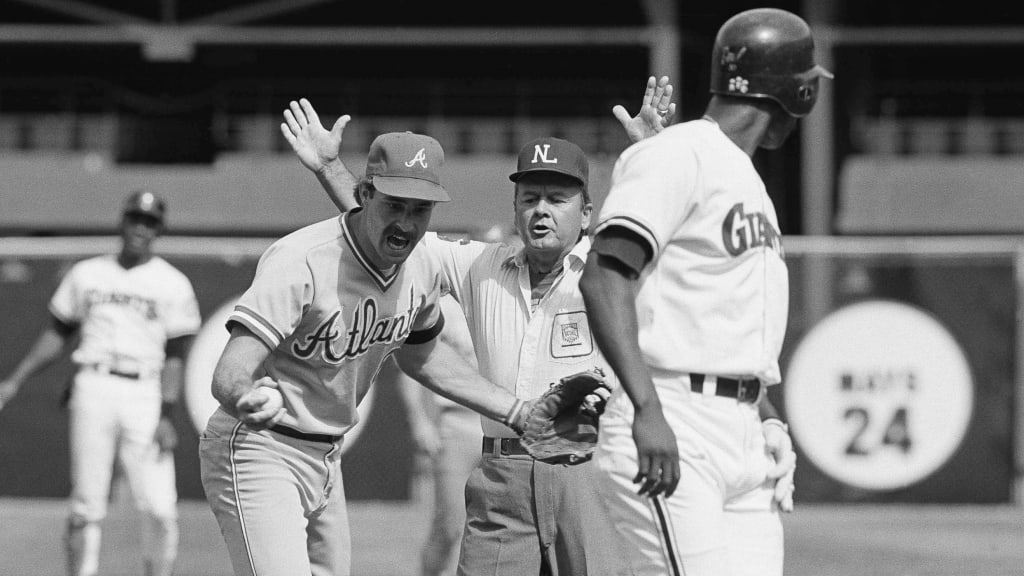
This appears to have been a common name to hand out in the 1960s as two other Randy Johnsons reached the Majors -- both in the ‘80s -- and none have done it since. Both were all also mustachioed, too, just like the towering Hall of Fame hurler ... and that’s where the similarities end.
The first Randy Johnson reached the big leagues in two separate seasons and managed to find a bit of success with the Twins in 1982 -- hitting 10 home runs in 89 games. Unfortunately, that was the last time he saw the Majors, and he finished his career in the Minors three years later.
The other Randy Johnson was very nearly teammates with the more famous Randy. He broke into the big leagues with the Braves in 1982 -- the same year that Atlanta drafted the lanky left-hander out of high school before he turned them down to play for USC. This Johnson played for three seasons -- smacking six home runs in 547 plate appearances -- and is still in the game today as a scout for the Tigers.
Luis Gonzalez
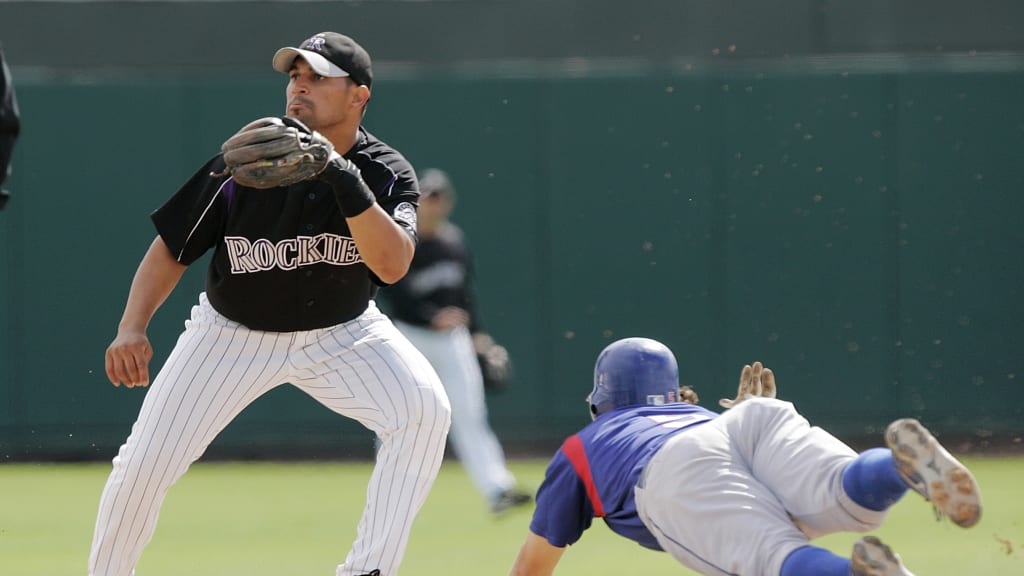
Our two Luis Gonzalezes actually crossed paths quite often, both playing in the NL West. In fact, Luis Alberto Gonzalez -- who played for the Rockies -- made his big league debut on April 6, 2004, against his more famous-name twin and Randy Johnson.
Perhaps even better, in his first game, Gonzalez went deep with a two-run homer in the ninth inning in the Rockies' 6-2 victory. That’s a way to impress your namesake.
Unfortunately for him, the more famous Gonzalez homered twice that day. Even on our Gonzalez's best day, he was still topped by the World Series winner. Ah well.
After playing almost every position for the Rockies over the next two seasons, Gonzalez headed to Japan to play for the Yomiuri Giants. But after violating Nippon Professional Baseball’s drug policy, he was released by the club in 2008.
Pedro Martinez

From 1993-94, you could talk about the pitcher Pedro Martinez, and it would have been entirely understandable that someone would confuse one for the other.
The Pedro Martinez on the Hall of Fame track posted a 3.08 ERA in 251 2/3 IP for the Dodgers and Expos those seasons. At the same time, our southpaw Pedro had a 2.73 mark in 105 1/3 for the Padres. (It also means that, if you could somehow combine them -- like in "The Fly" -- we could have had the greatest ambidextrous hurler the world has ever seen ... or a horrible nightmare creature. About 50/50 either way.)
Then, like Robert Frost's poem, their paths diverged.
One would go on to become arguably the greatest pitcher of all-time, dominating batters during the game's offensive height.
The other was included in an 11-player trade that sent Derek Bell to the Astros and brought Ken Caminiti to the Padres. Unfortunately, that marked the highlight of Martinez's career. From there, the left-hander never had an ERA under six and was out of the big leagues by 1997.
Kevin Brown
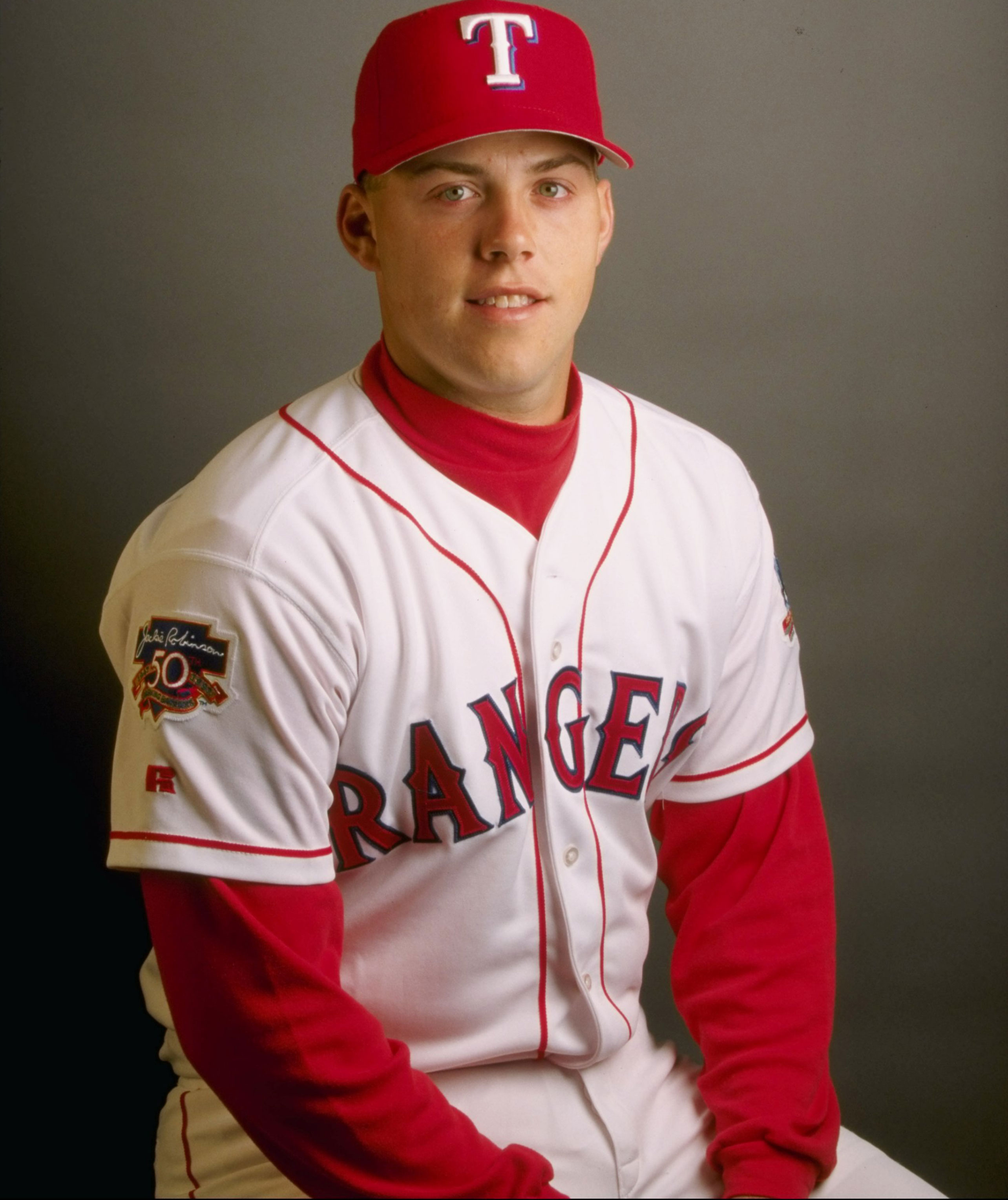
We came this close to an all Kevin Brown battery. The right-handed hurler, who used his sinker to win 211 big league games, pitched for the Texas Rangers from 1988-94.
The catcher Kevin Brown was drafted by the Rangers in 1994. Had our timeline been different by just a few years, the two would have at least met up on some back field or Spring Training game. Sadly, since these were pre-Twitter days, we wouldn’t even have the kind of blurry photos beat writers now share.
The less notorious Kevin Brown was sadly destined to a career of being the third catcher on the depth chart, and he finished with seven home runs across parts of seven seasons -- suiting up for four different teams along the way.
There’s one other Kevin Brown who made the big leagues: Kevin Dewayne Brown, who pitched for the Mets, Brewers and Mariners from 1990-92, posting a 3-5 record and 4.82 ERA in 89 2/3 IP.
Cliff Lee
Long before the Cy Young Award winner was involved in multiple franchise-defining trades, there was this Cliff Lee, who doesn't even have an AP file photo. This Lee was an outfielder, first baseman and catcher with the Pirates, Reds, and -- just like the other Lee -- Phillies and Cleveland from 1919-26.
He even showed off a fair amount of power -- hitting .322 with 17 home runs (the second-most on the team) with the Phillies in 1922, though those would remain the high-water marks for his big league career.
Far more importantly, Lee's first club in 1914 was called the Muscatine Buttonmakers. Just imagine how good that would look on a Minor League ballcap today.
